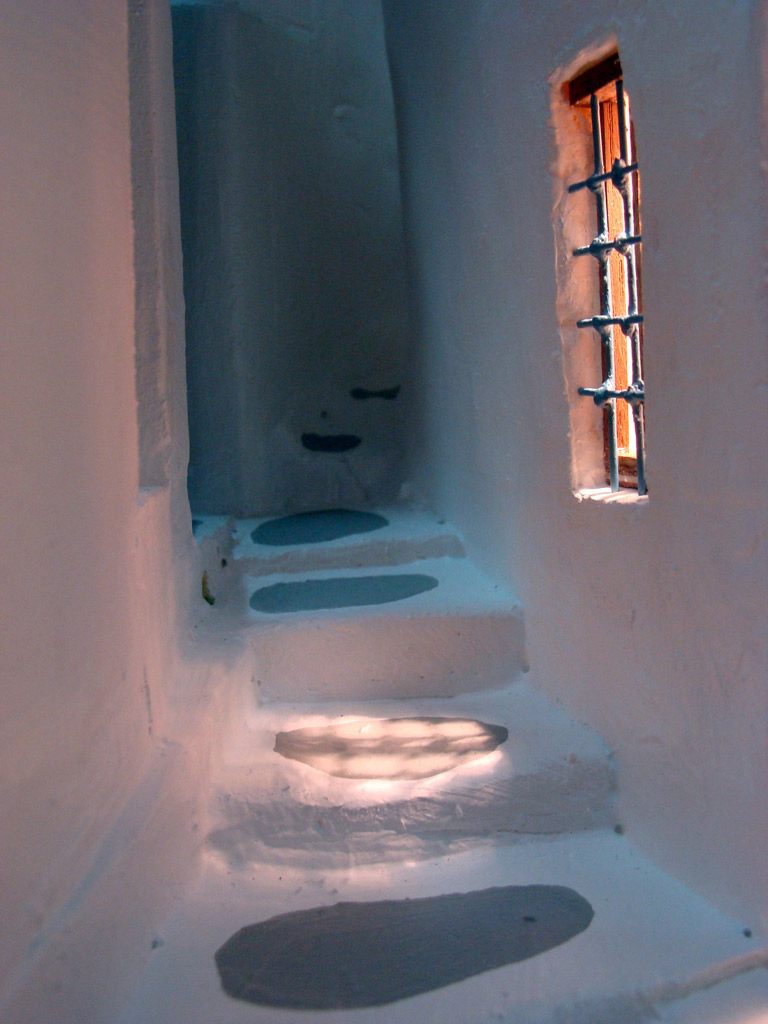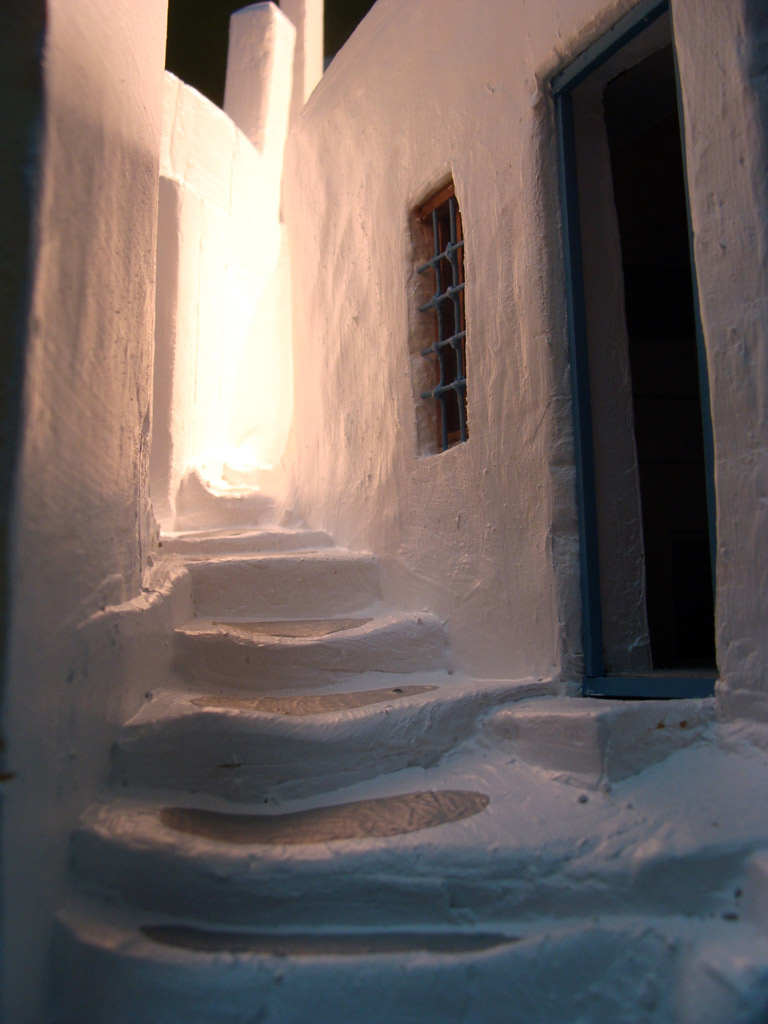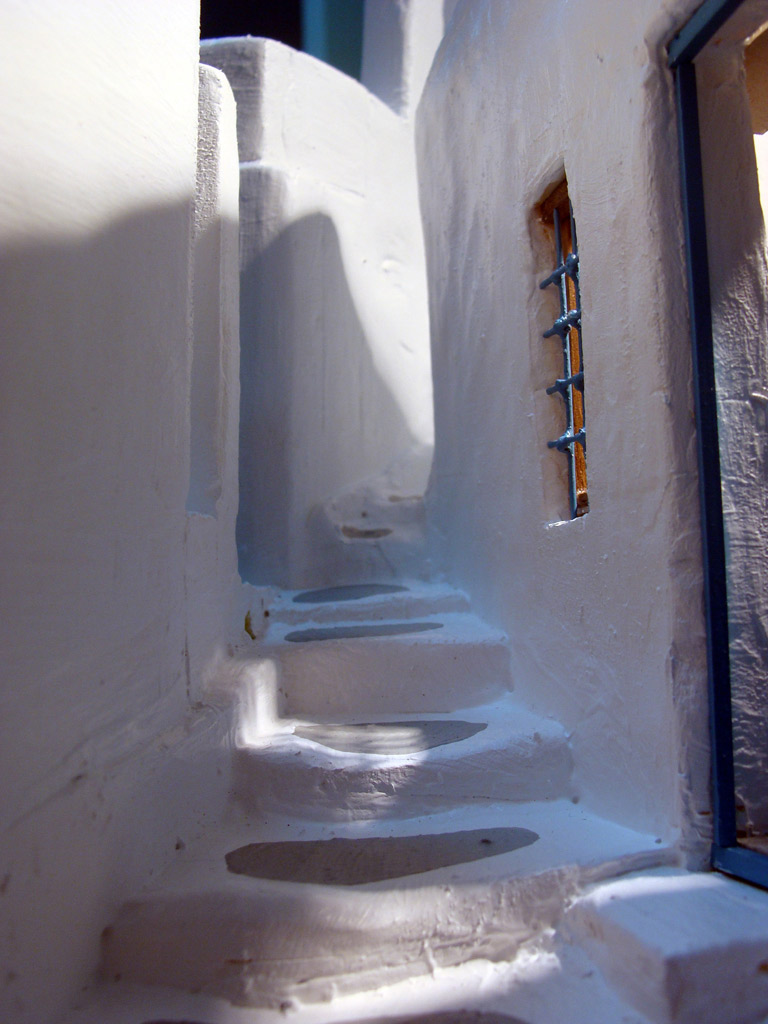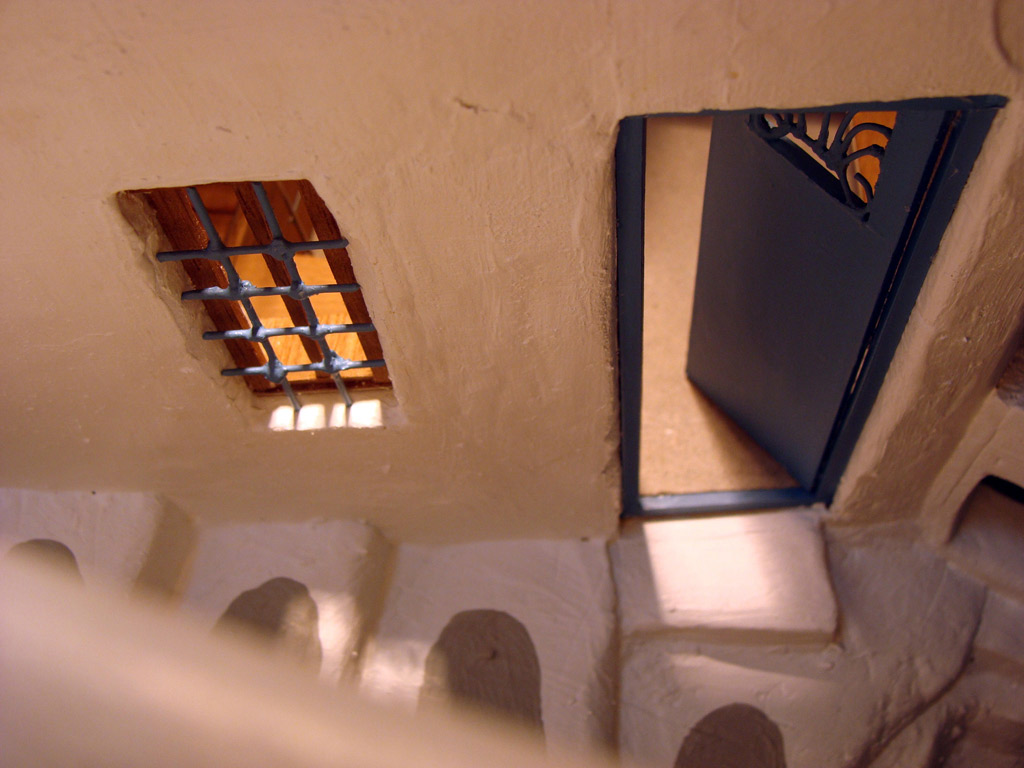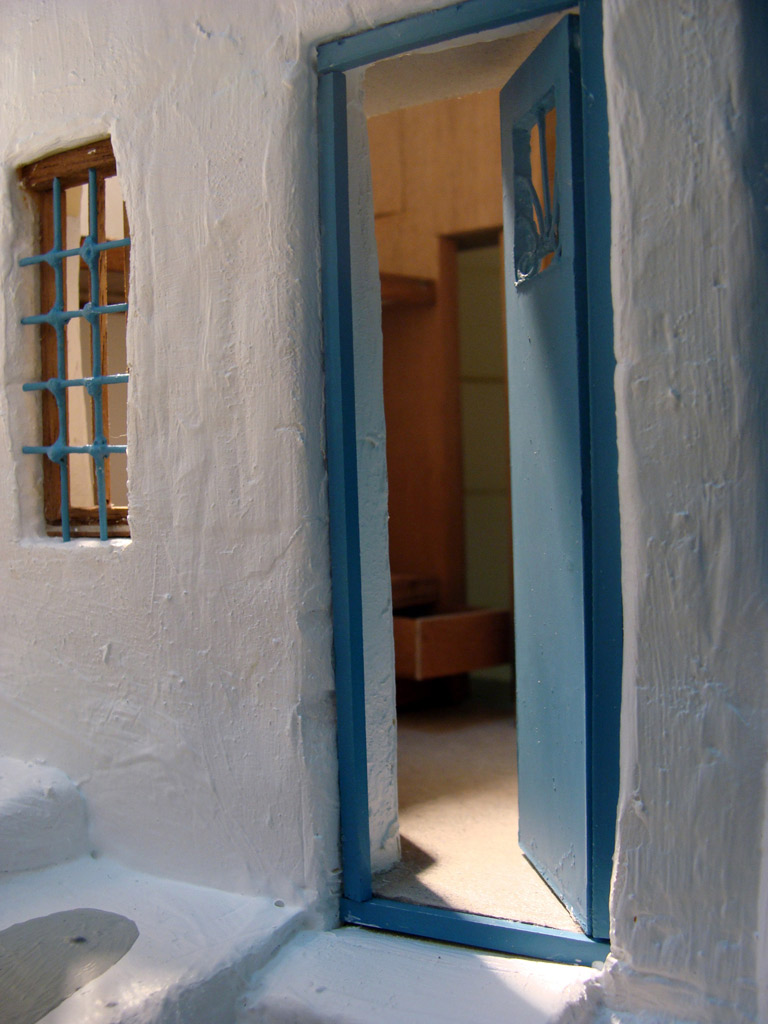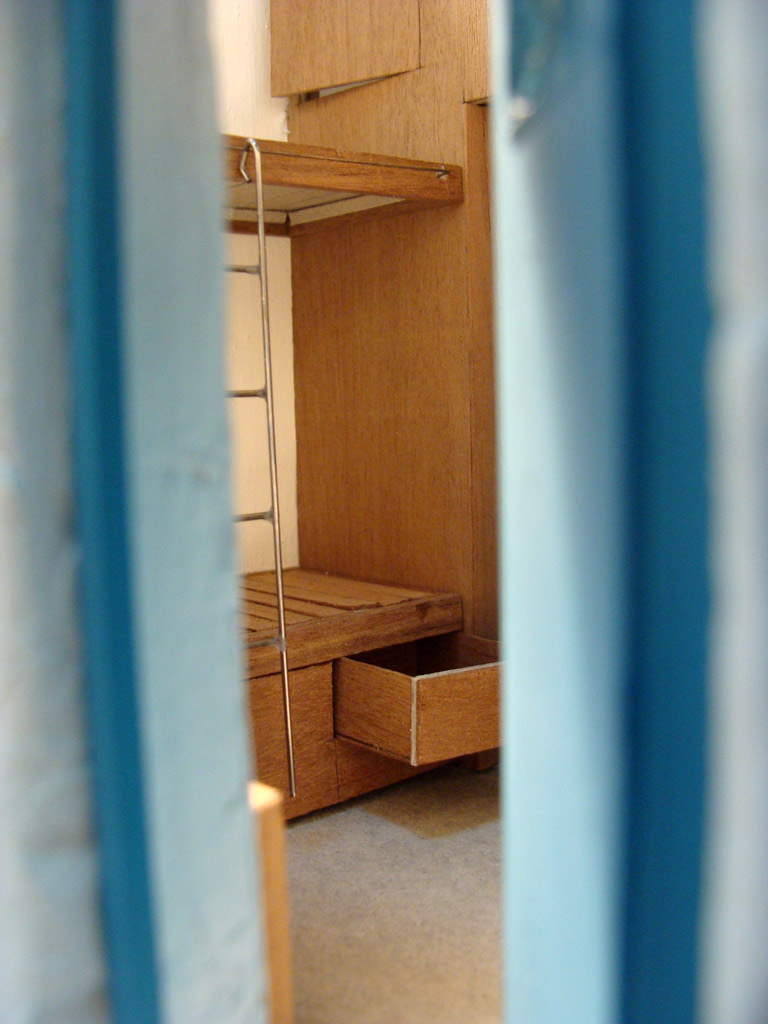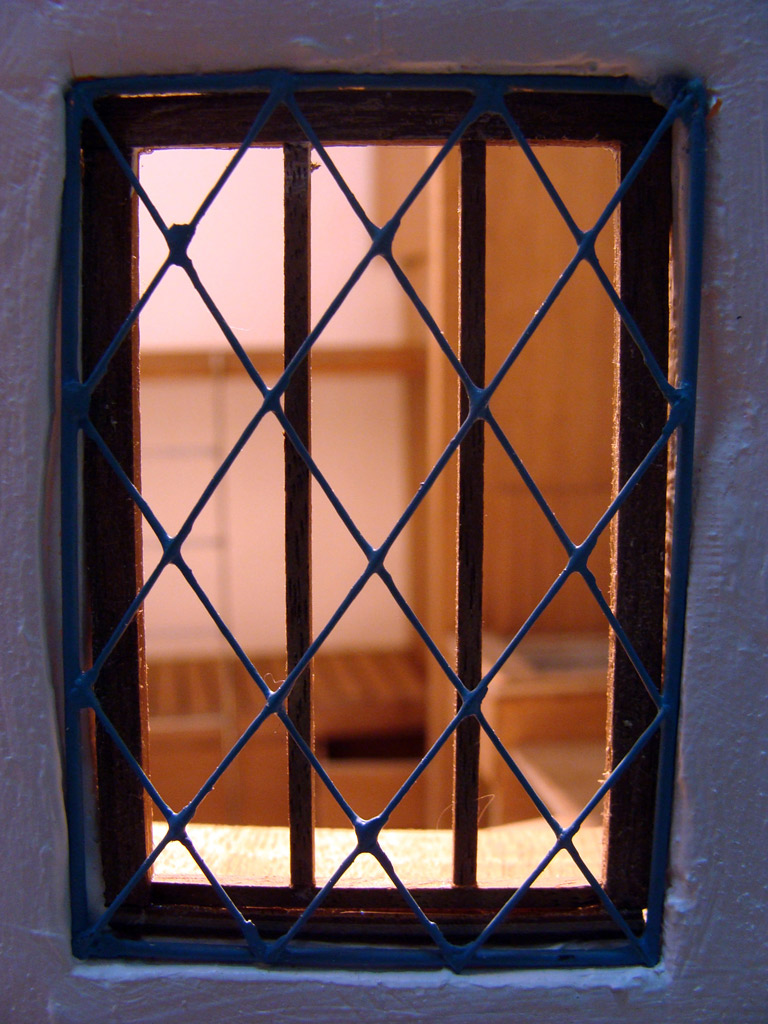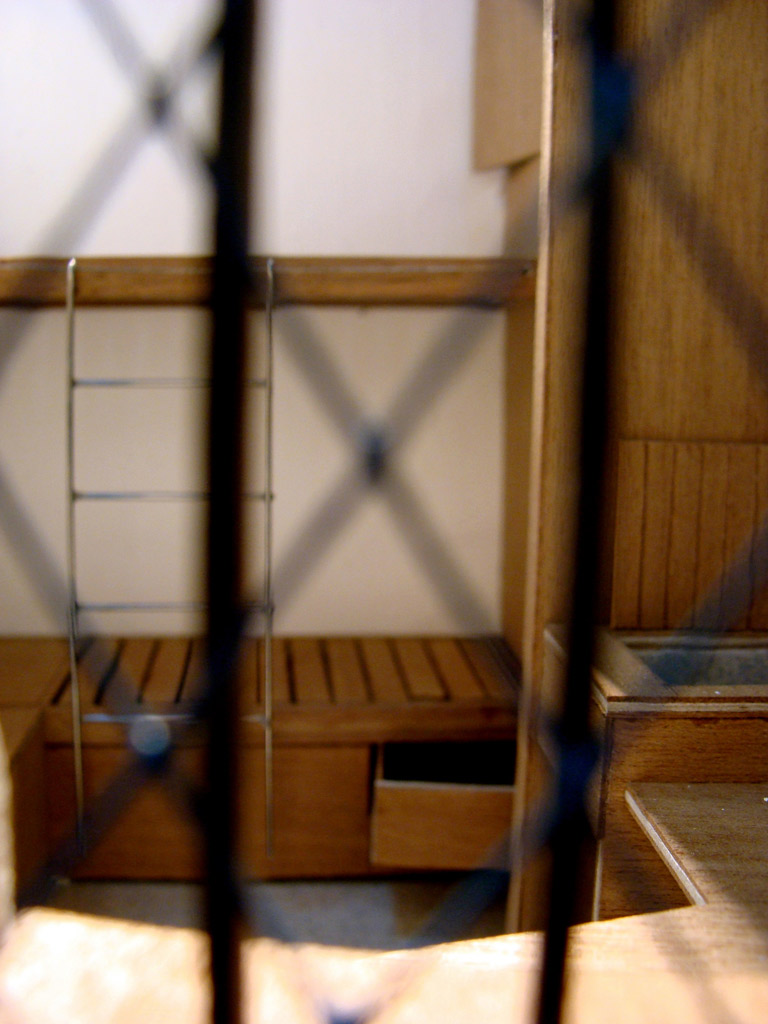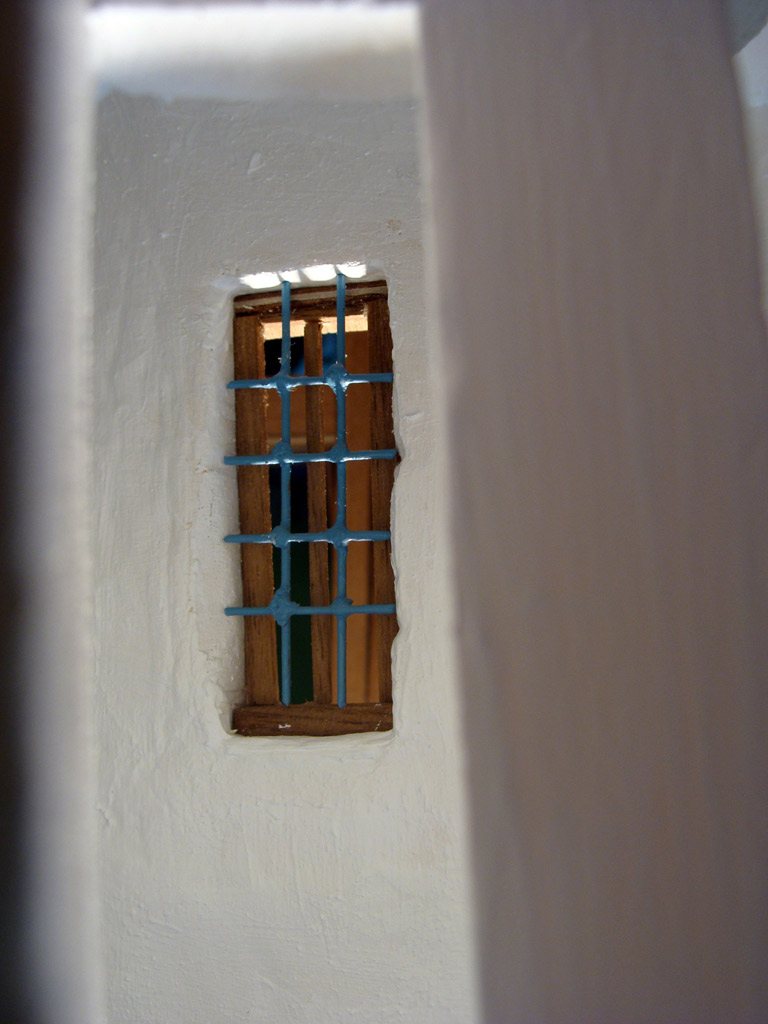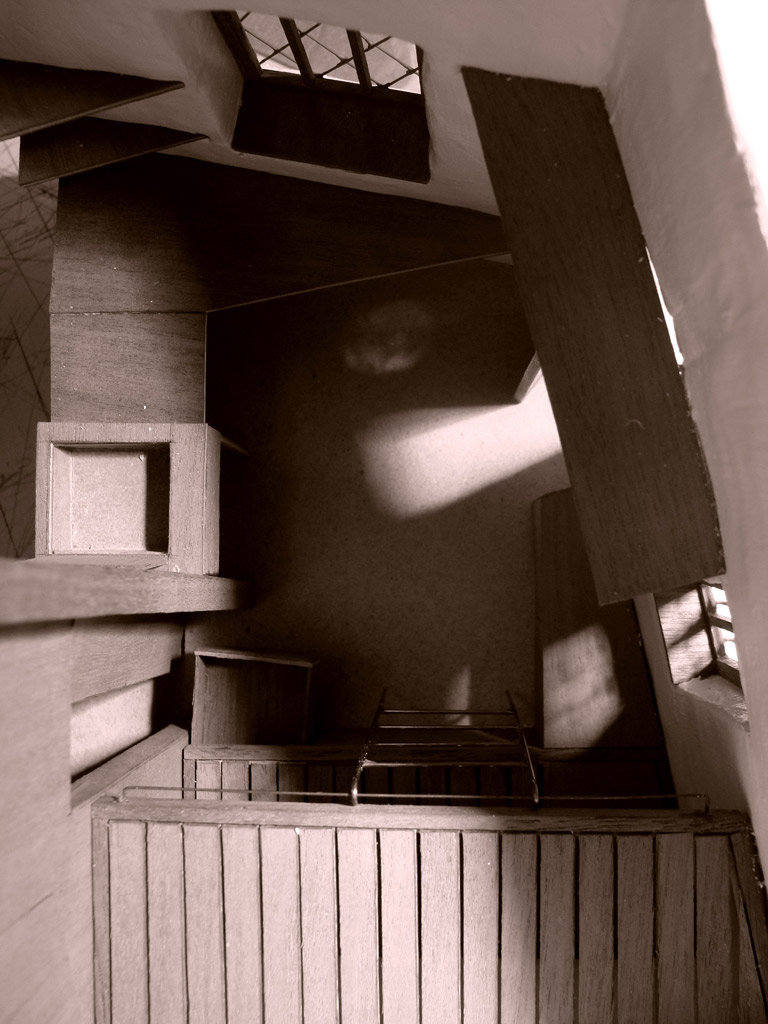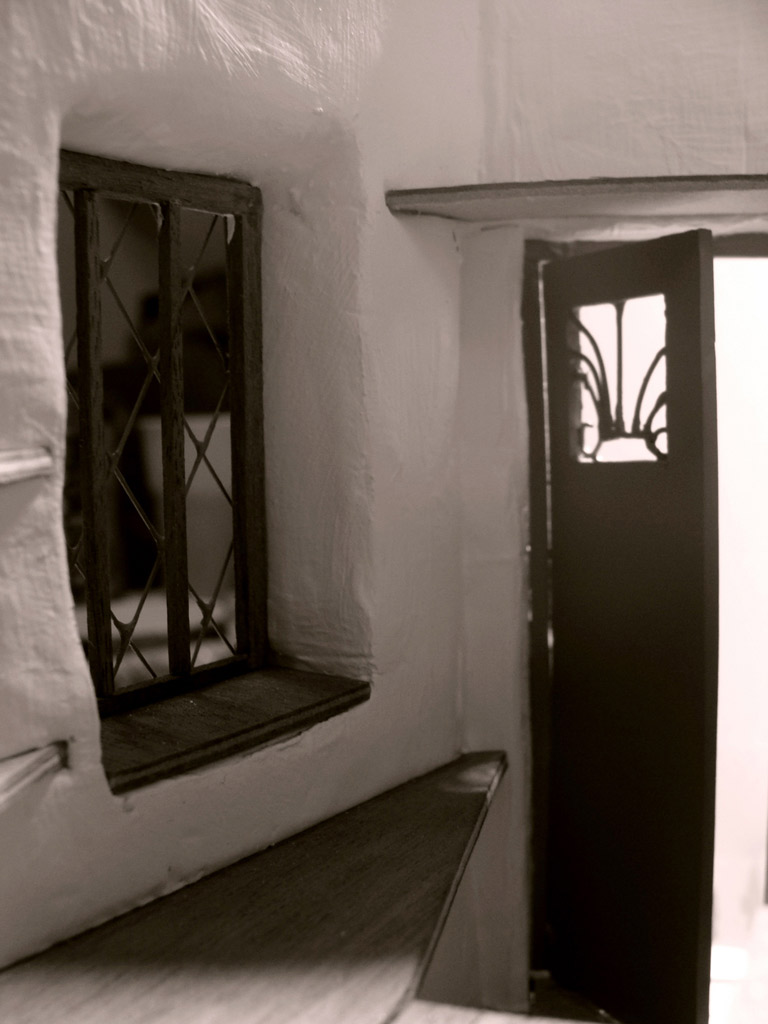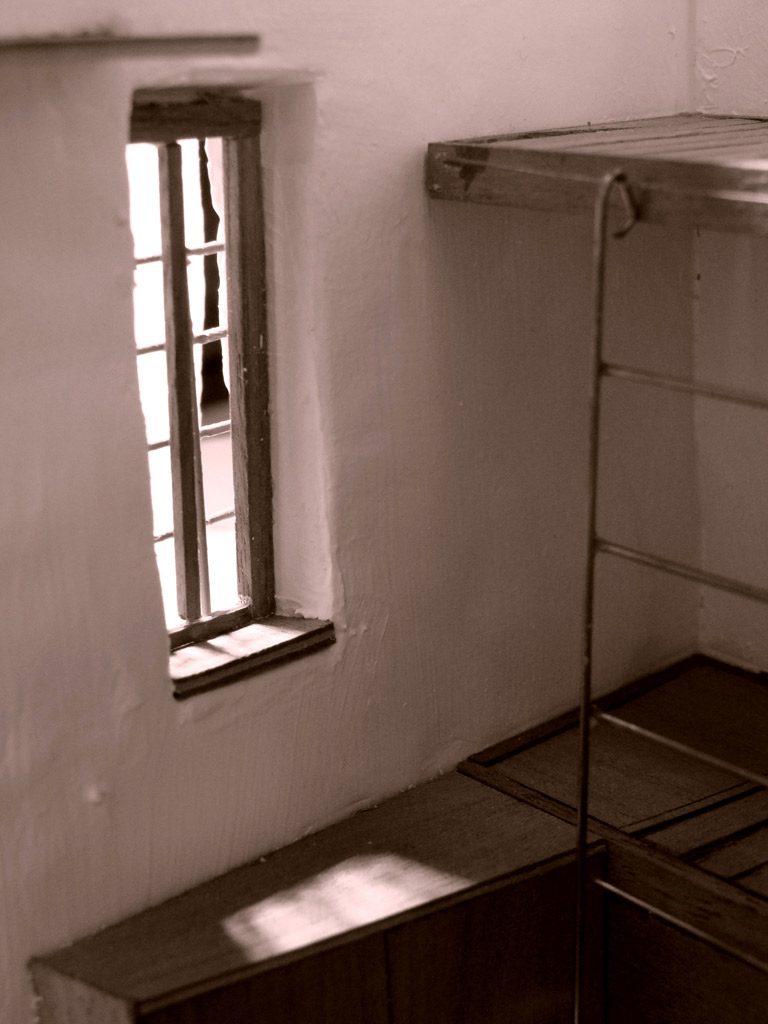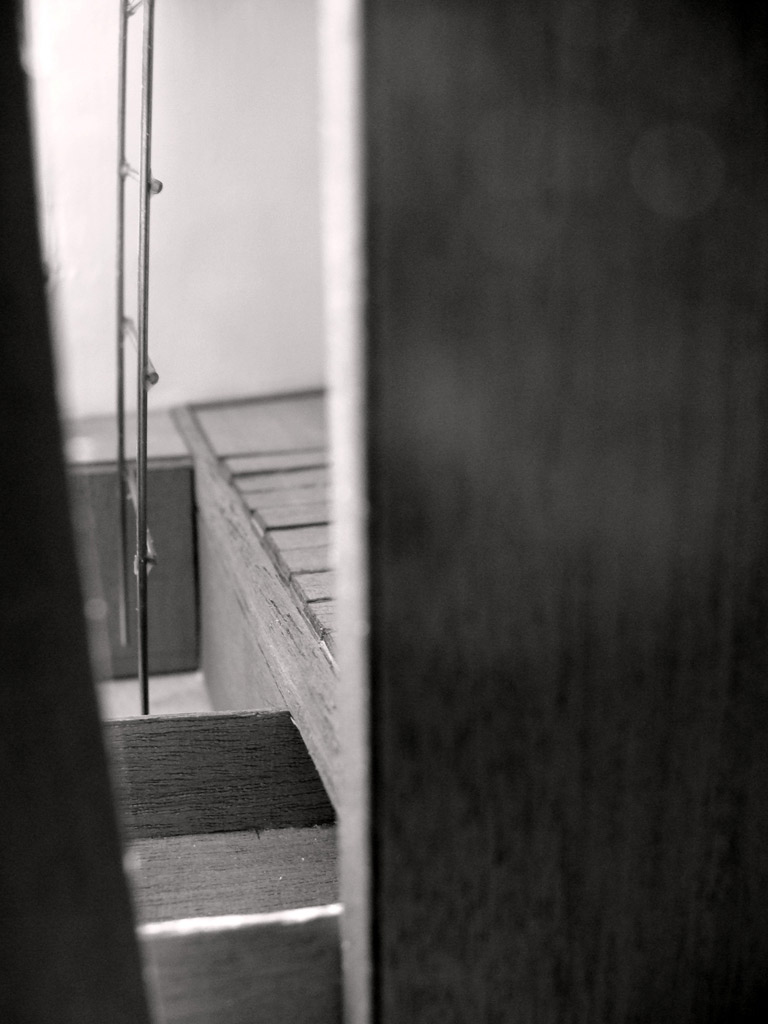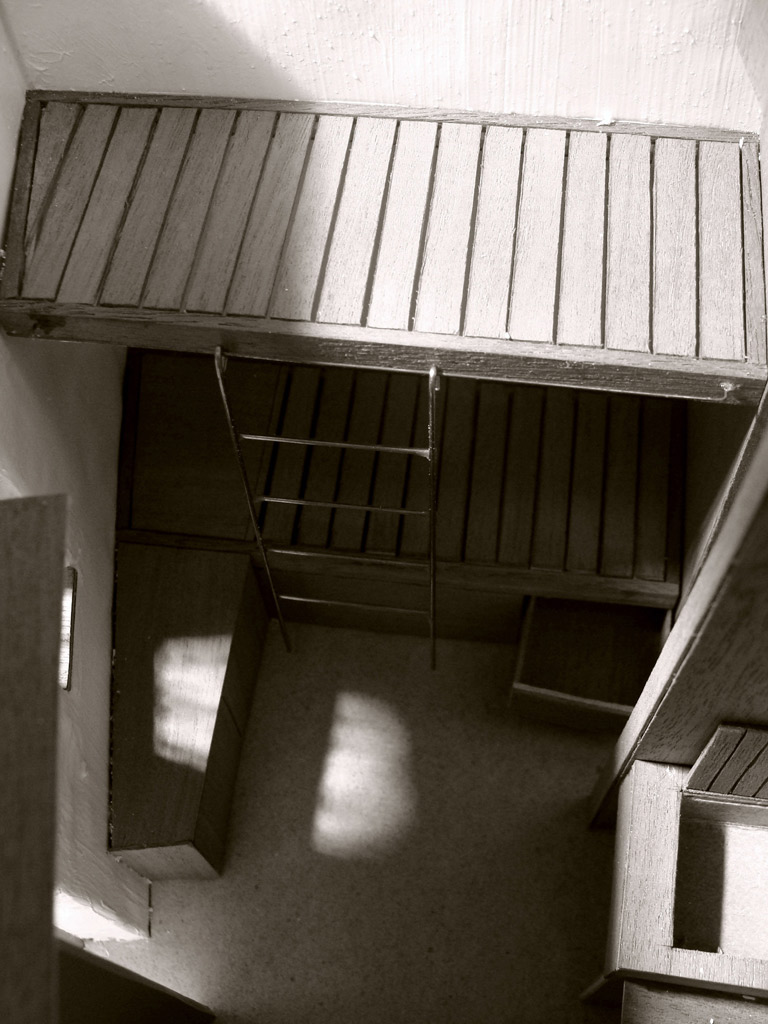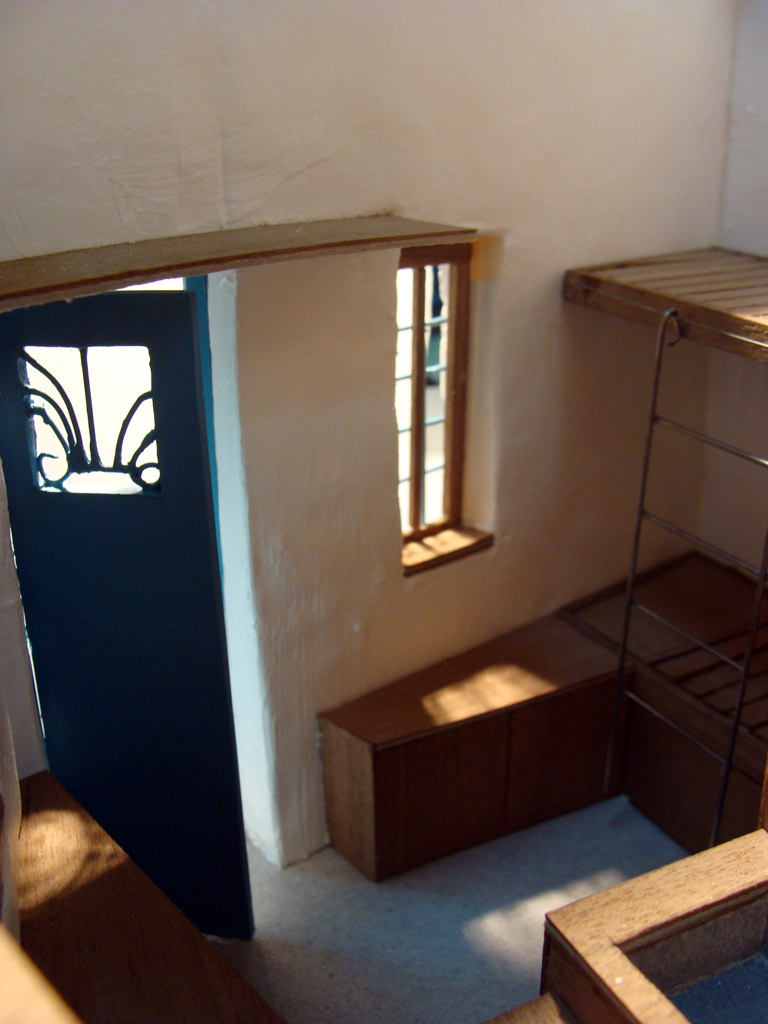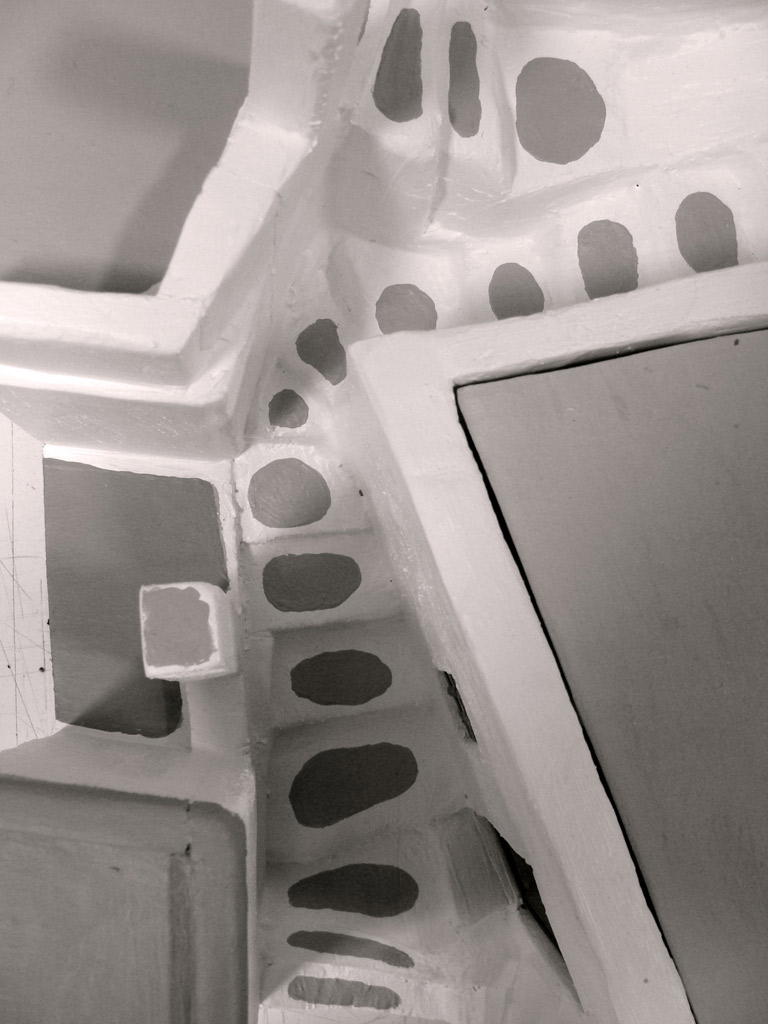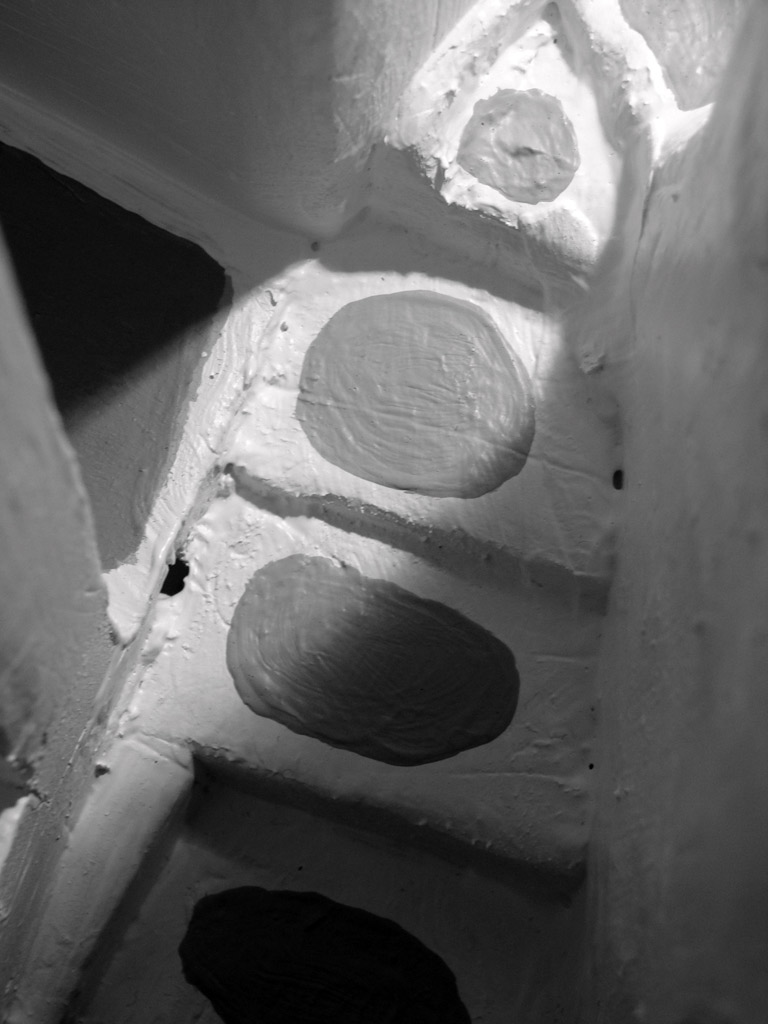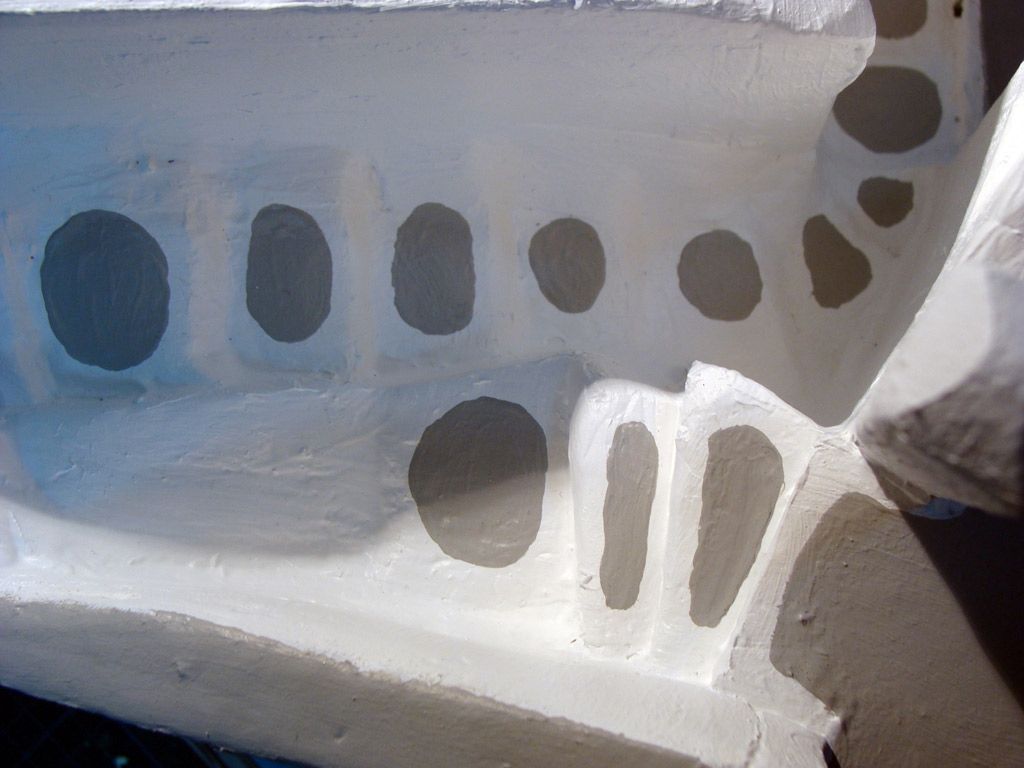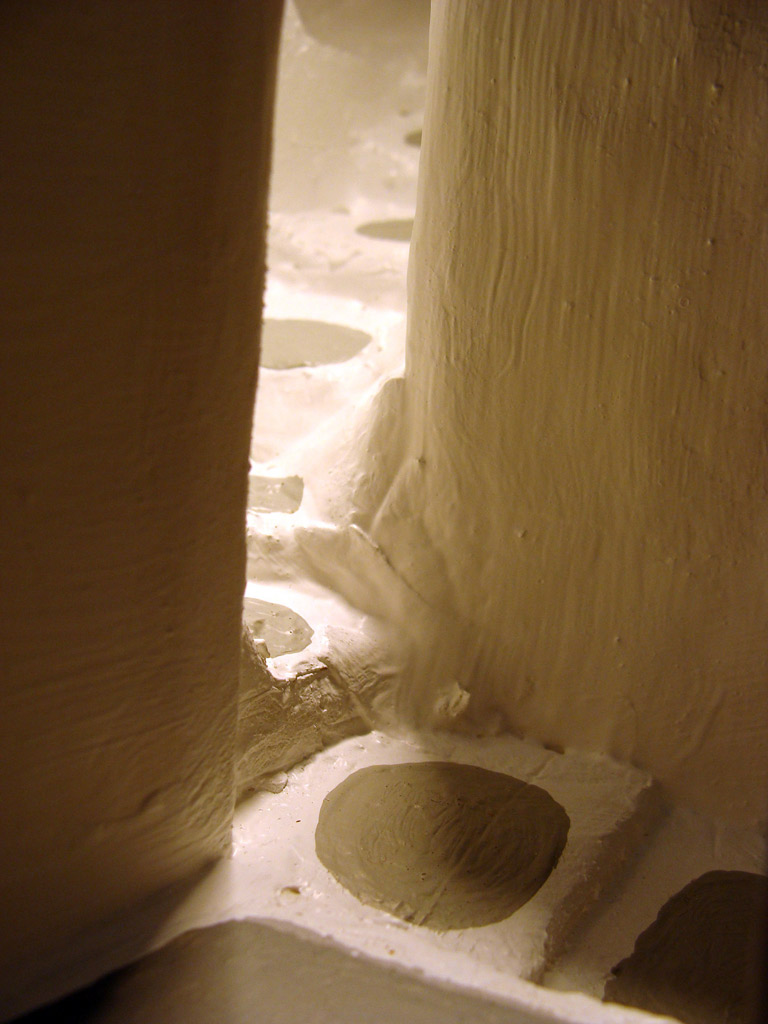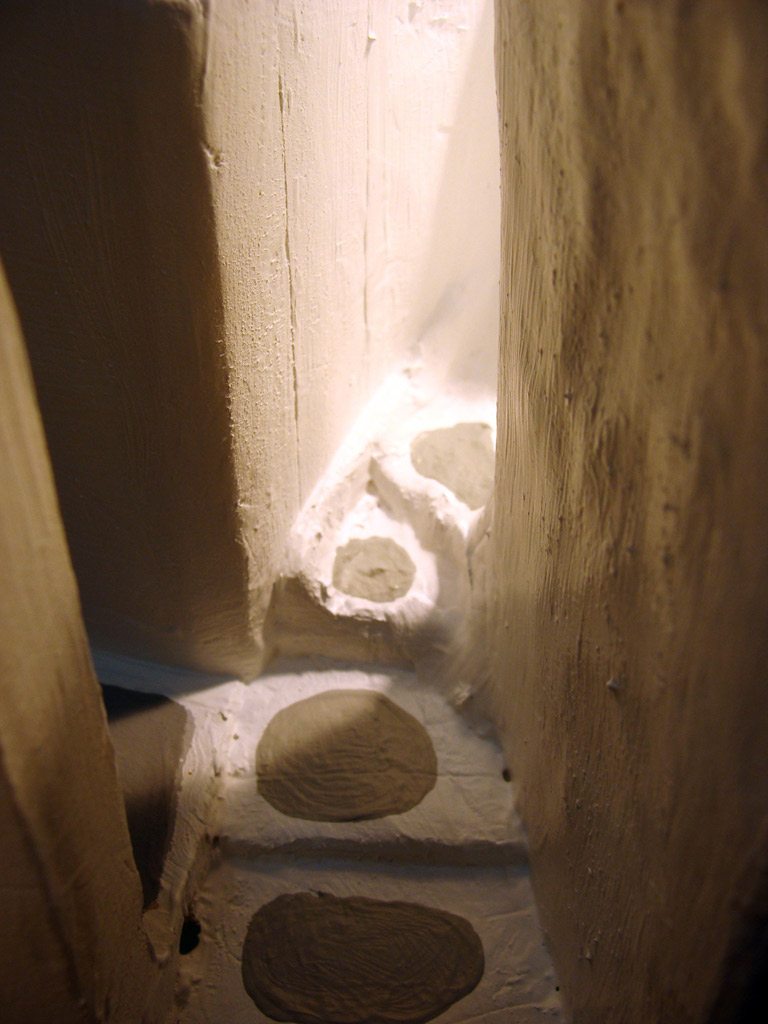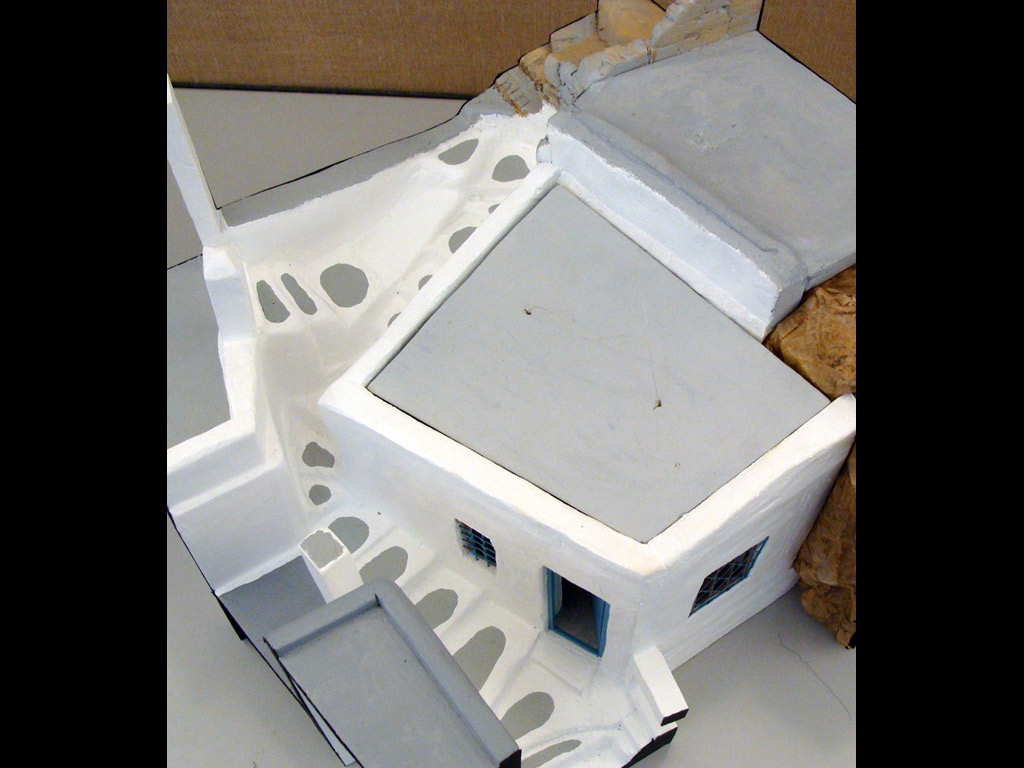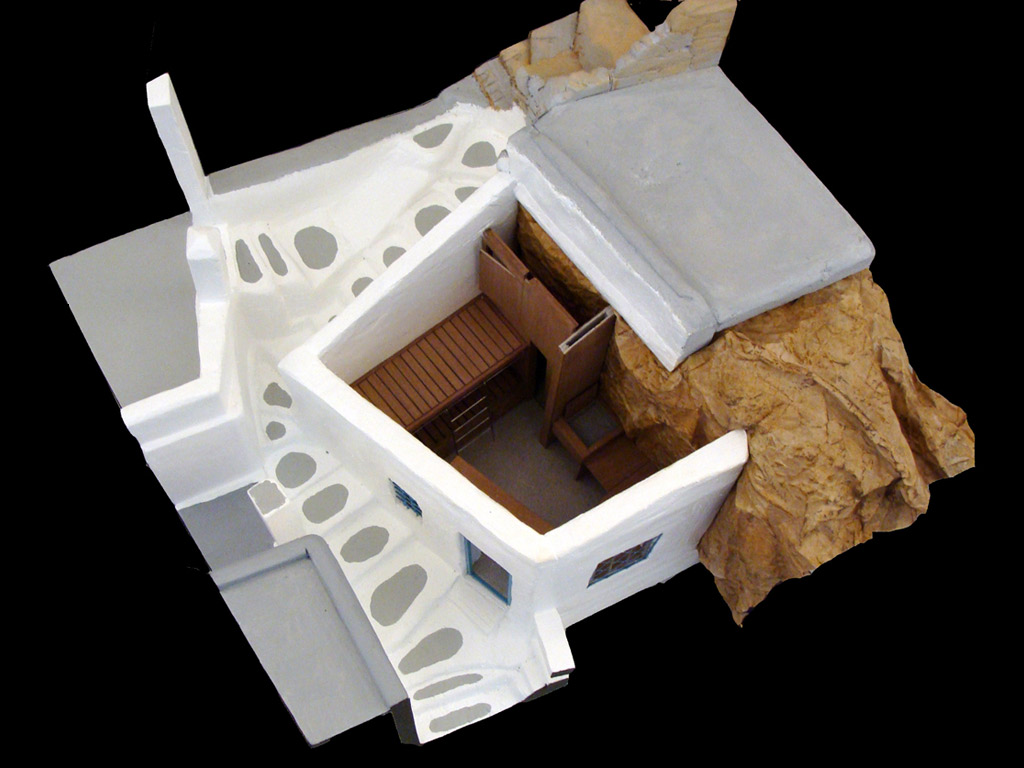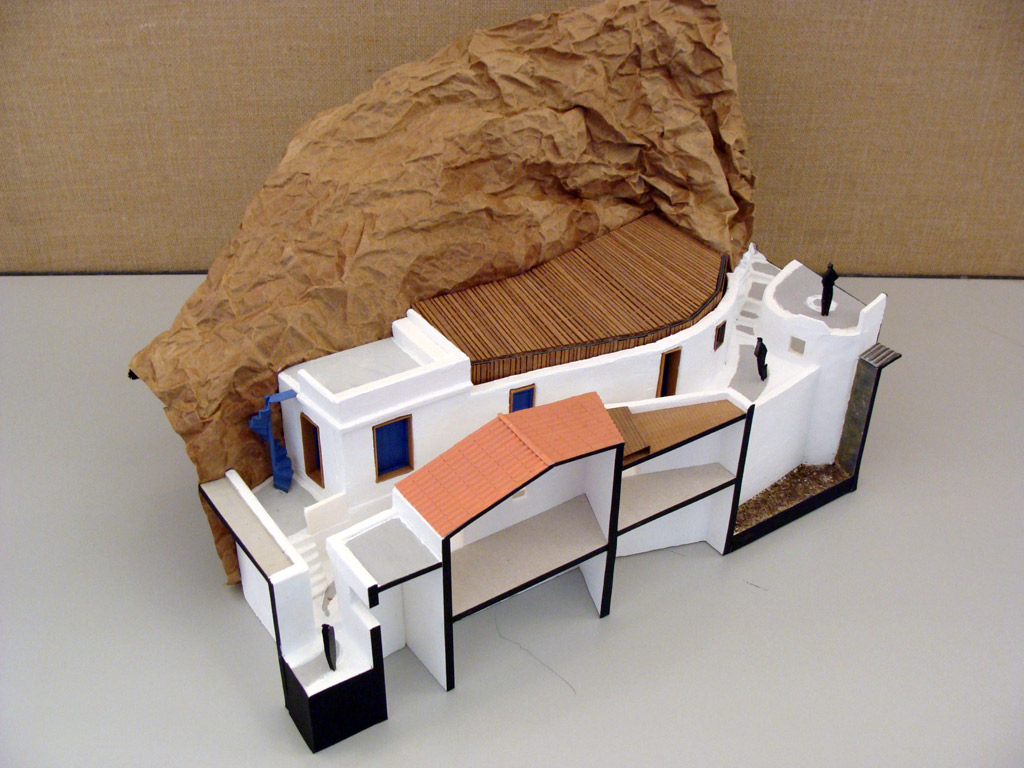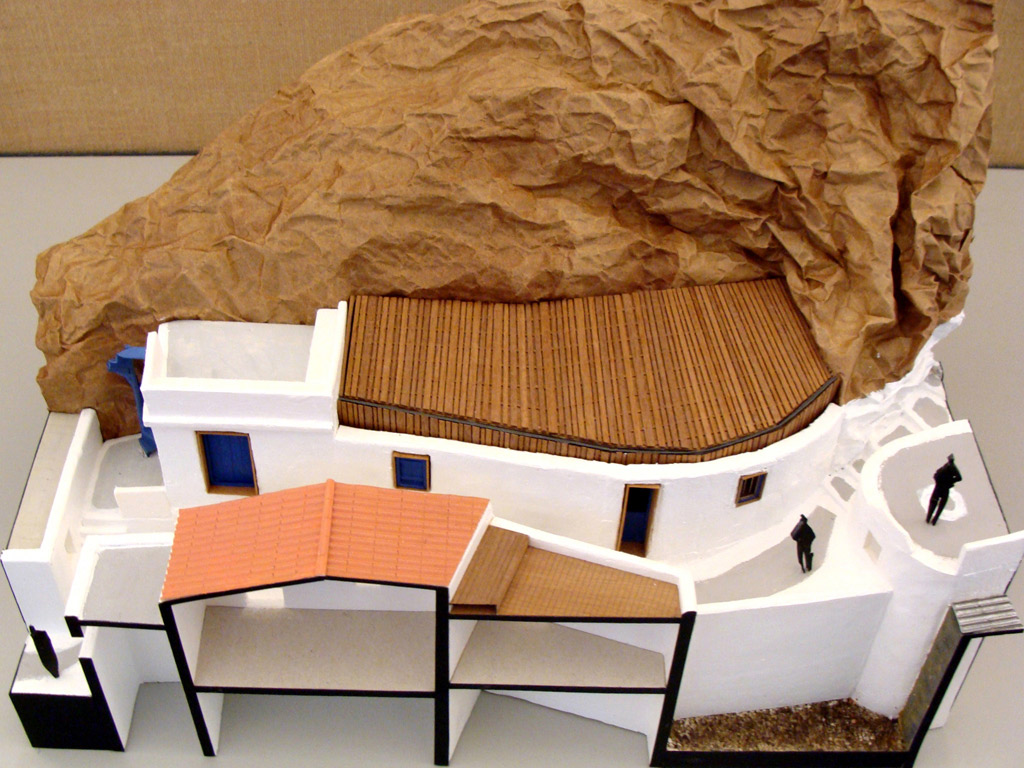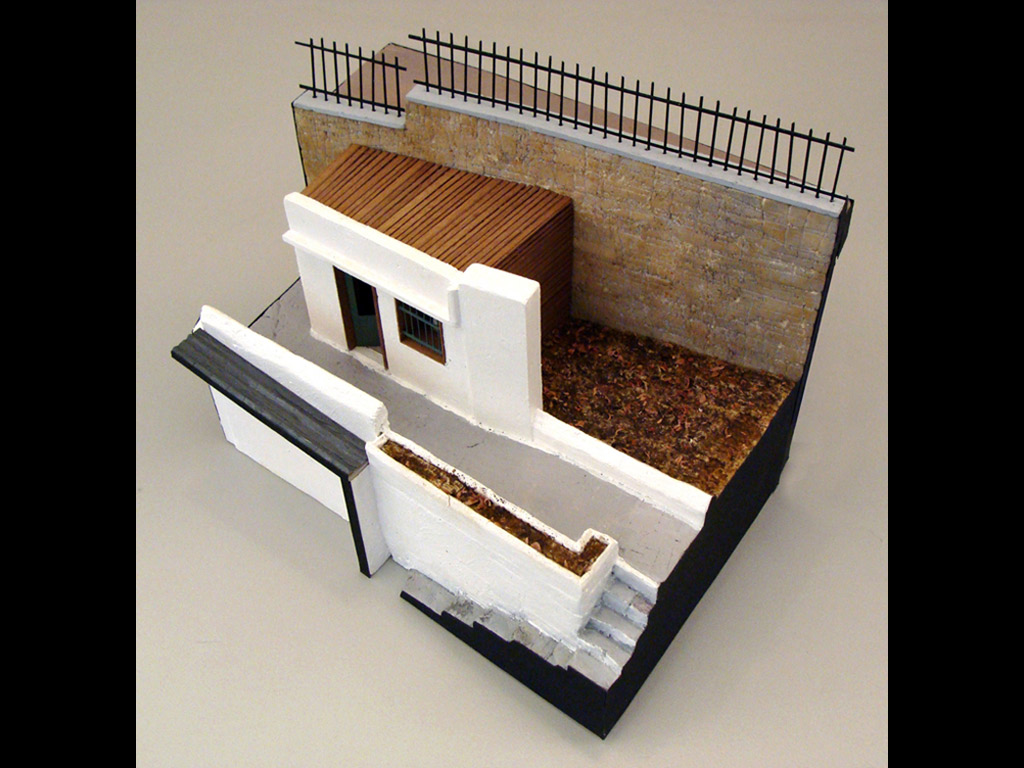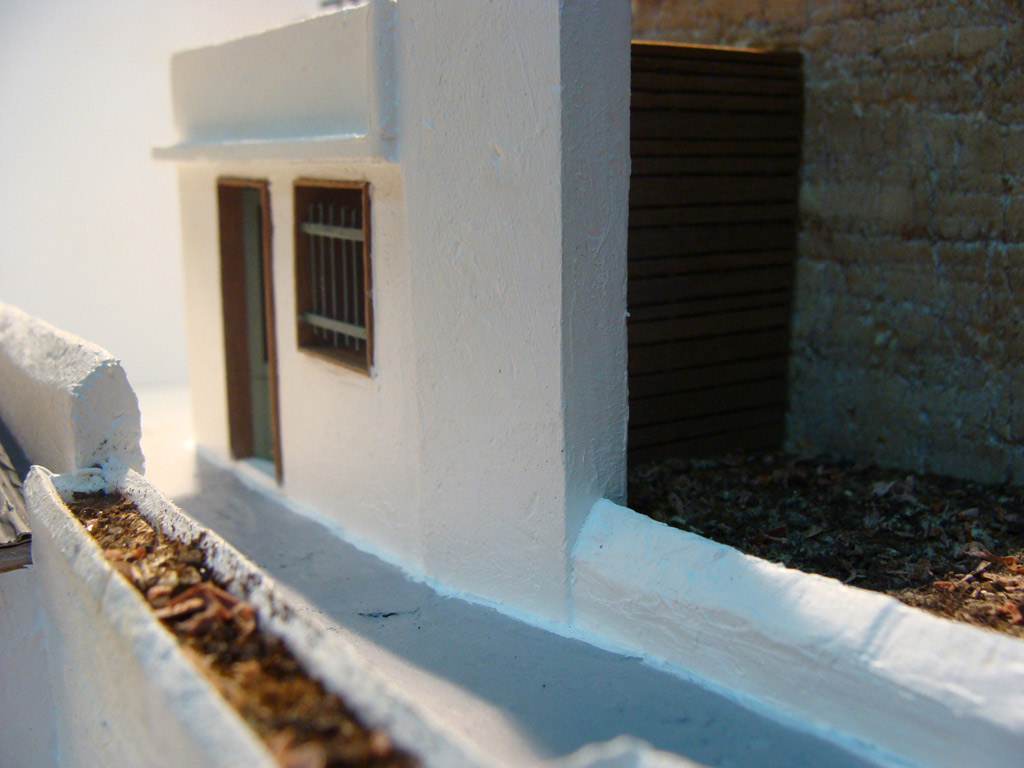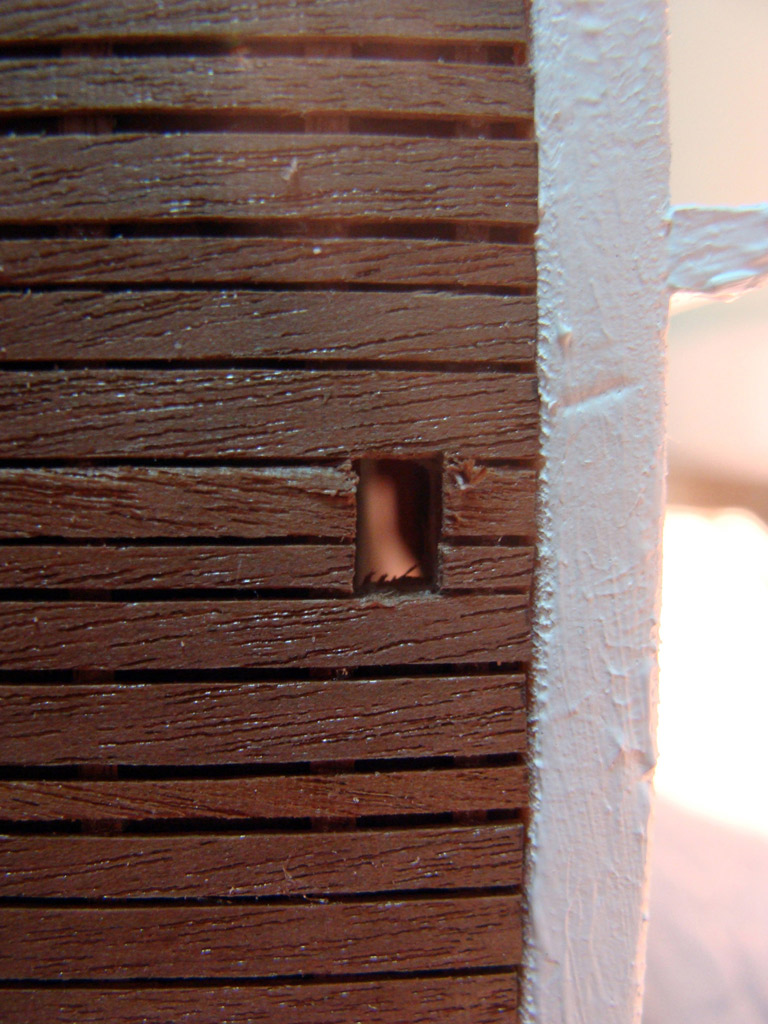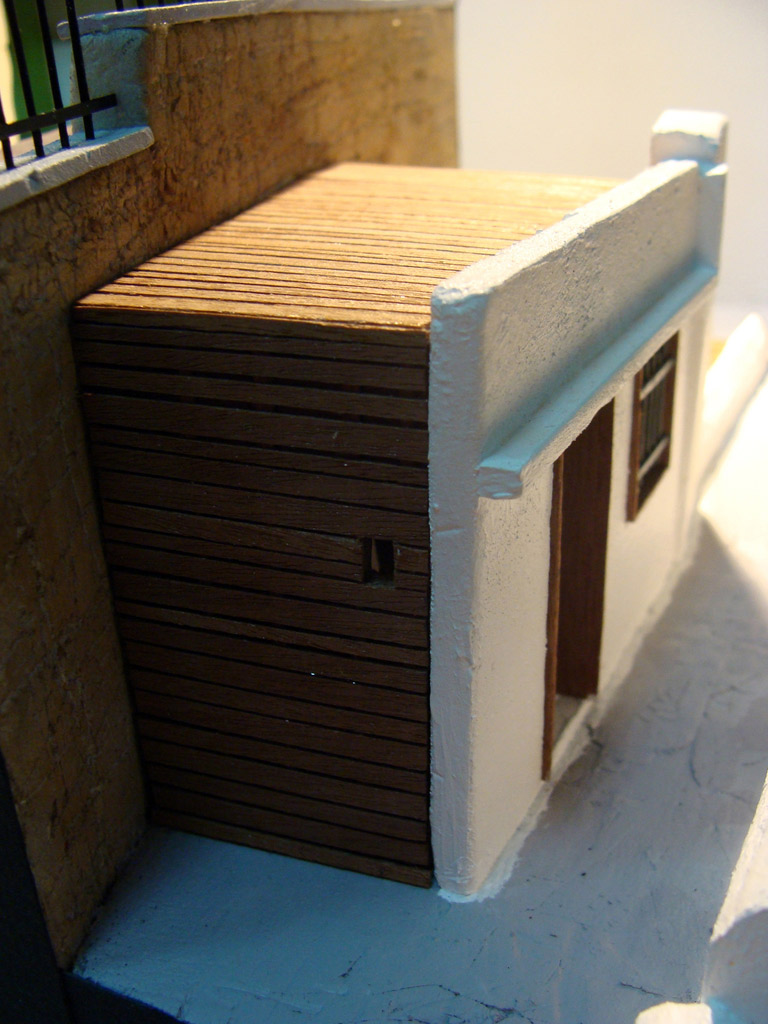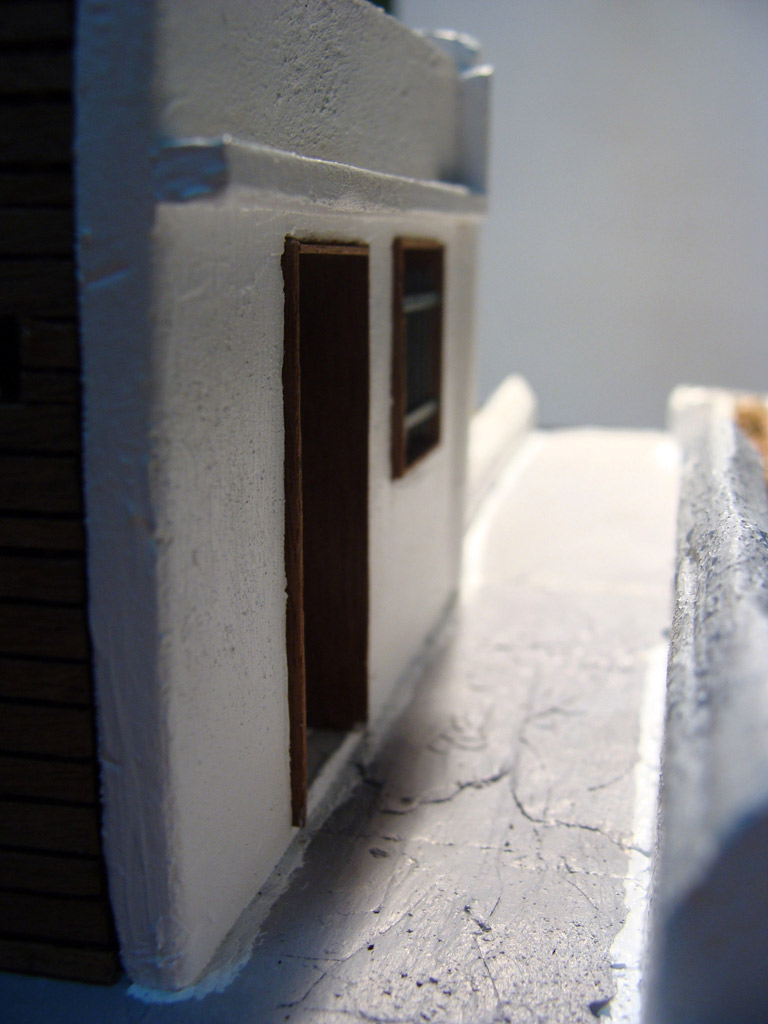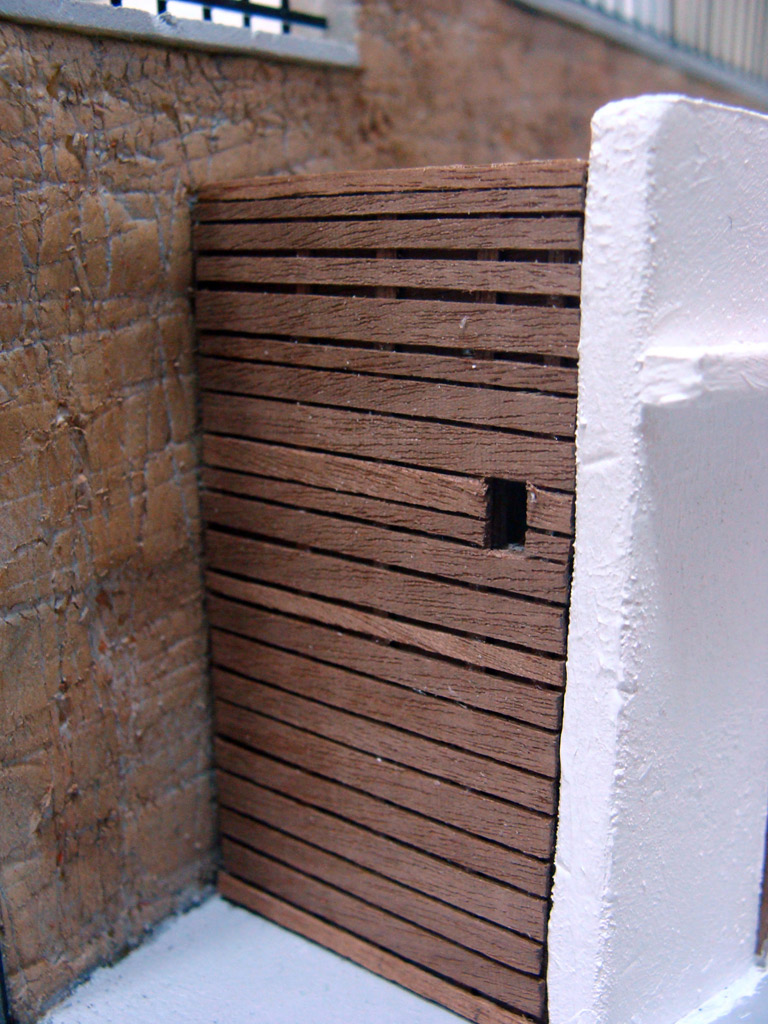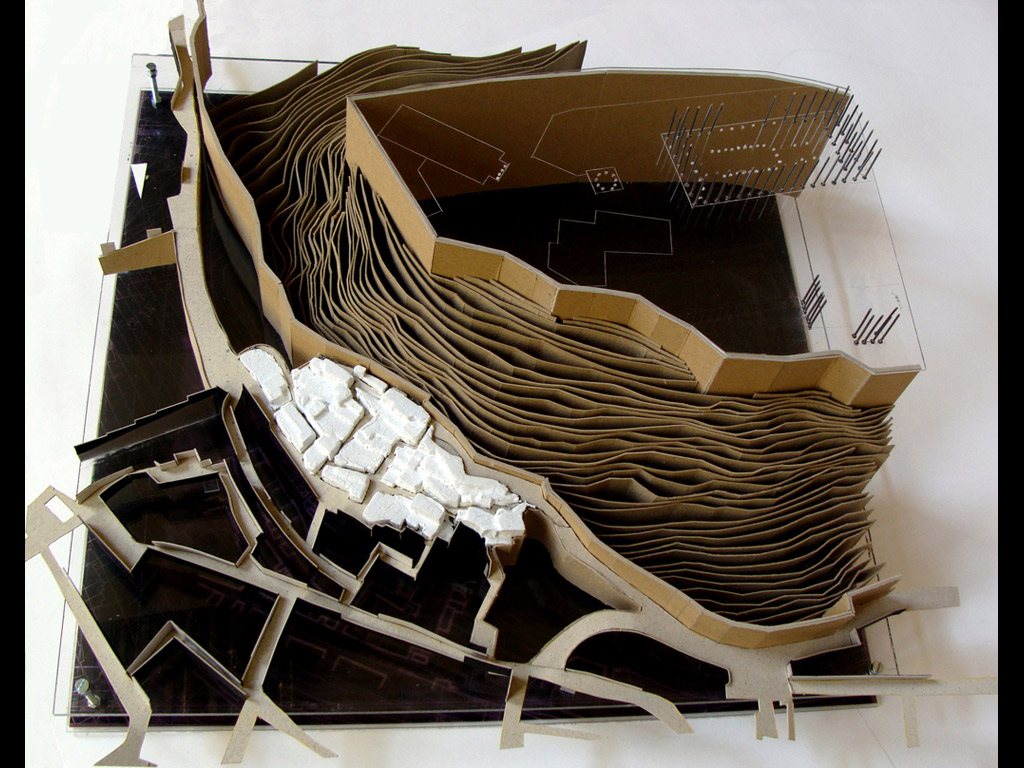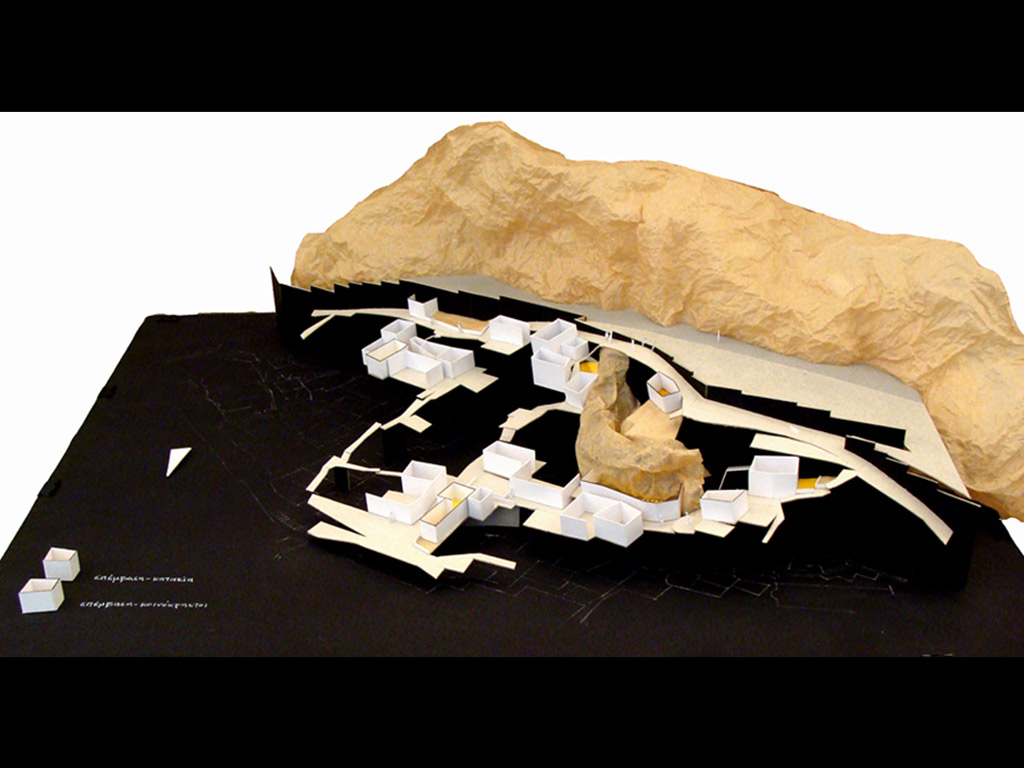location: Anafiotika, Athens, Greece
area: 4000 m2
scope: Urban and architectural design in the context of the dissertation of the School of Architecture NTUA.
partner: Lena Chalkiopoulou
presentation:
Anafiotika is a settlement of traditional architecture in the city of Athens. Through a process of analyzing the characteristics, qualities and problems of the settlement, we chose the points of intervention demonstrating that very small spaces have shaped our everyday life and our needs.
During the 1860’s, internal migrants from Anafi and other islands of the Cyclades came to Athens to help with the reconstruction of the city. They built Anafiotika, a small temporary settlement under the sacred rock of the Acropolis, which continues to live as a particular example of folk architecture in Athens. The settlement since the time of its creation has been considered marginal and arbitrary and the state until now has been inactive.
We have chosen to make a research to comprehend the operation of minimum architecture in the city, how everyday life shapes in places of the least square meters and how Anafiotika can continue to live.
Anafiotika is the closest part of the city to the Acropolis, where the houses are hooked on the steep slope of the rock and the city seems to be sitting on it. A settlement between the pressure of the sacred rock and the city.
The morphology and the structure are the distinctive features of the settlement: a. the construction respects the geological background, b. the houses are spaces of just a few square meters (6m2), c. public and private spaces are mixed, d. the plaster has a special texture and reminds of Cyclades, e. there is a wide variety of windows (colors and frames).
Anafiotika is and has always been a place of residence. In the narrow streets the residents are mixed with tourists who try to reach the archaeological site. Although Anafiotika is a passage for tourists, the state has not preserved neither the houses nor the streets. The residents are the only ones who take care of the houses and keep the passages clean throughout their settlement while the abandoned houses are left empty turning into ruins.
Main idea
Our basic idea is to identify these problematic spots of the settlement and interfere in a way that can make the problem fade out. The inhabited houses remain unchanged while people are brought into the uninhabited ones, – the ruins – so that they come to life again.
Apart from the existing residential use, we propose that specific houses of the settlement can be used for a framework of research programs involving small groups hosted in the settlement of individual scholars, possibly from different fields. In detail, the places we recommend are: a. private spaces of temporary residence, b. public spaces which provide workplace for researchers, space for exhibitions, filing cabinet space for gathering material and an information space for interested in the programmes.
The public spaces are four, spread throughout the settlement and joined to the main streets of the settlement. They can be visited not only by researchers but by residents as well. The places of temporary residence are also four and occupy positions in the upper limit of the settlement. From there one can have a full view of their position in relation to the city, the ancient monuments and the landmarks. Each house of residence has 6-9m2 and can accommodate two people.
We intervene in these 8 buildings taking into consideration their condition, making the following classifications:
- internal restoration for the buildings that are in a good condition,
- internal restoration and roof restoration(if it has been demolished),
- construction of a new inner shell, repair and maintenance of the existing shell.
The new housing provides a wealthier place to live and the old walls maintain the original quality of the settlement (plaster, organic continuity of the rock, old frames) with minor constructive intervention.
From the 8 buildings we choose to analyze three. One public space (30) and two residences (63,26). For each one of them we approach the constructive issue so as not to alter the basic features such as the spatial and the plastic quality in relation with the settlement.
Entering building 30 (workspace and temporary exhibition), one can meet a free space with exhibition panels which can be moved manually, or can be hung from slots in the rock according to the needs.
The second area is formed as a workspace using three polymorphic panel-table benches with computers and spaces for storage. When the building is used only for exhibitions, the table benches close and the screens of the computers are used for the purposes of the exhibition. The main body of the construction is composed of steel beams, the walls and the roof are coated with plywood and the external covering consists of vertical boards of unequal width for the morphological subdivision of the volume of the building. Inside the building the rock remains conspicuous.
Building 63 (residence) is constructed in the same way as the building 30.
Building 26 (residence) is formed only internally by restoring the existing walls.
Very small spaces, where the public and the private space get mixed, shape our way of life and our needs. Anafiotika have to continue to live because they are a characteristic example of the special relationships between people and space, home and yard, residents and passers-by, total and individual. It is a settlement that has proved through the years that it is much more than a small example of folk architecture in the complex collage of the city of Athens.

